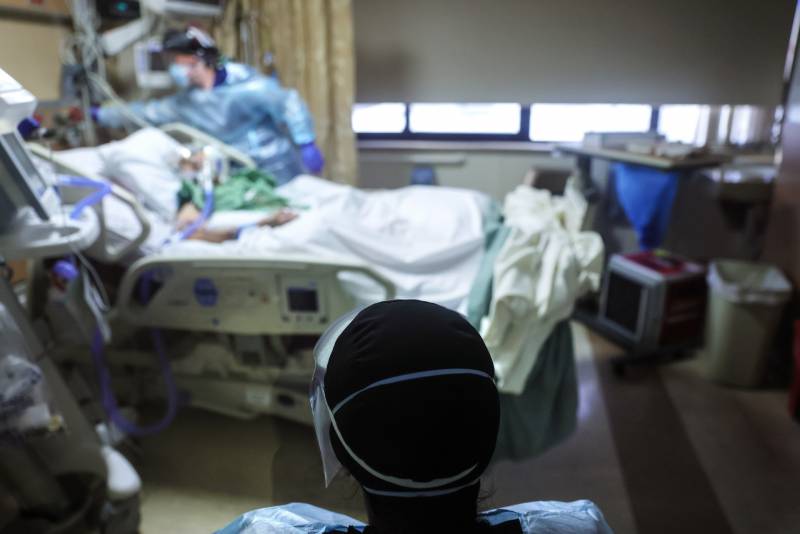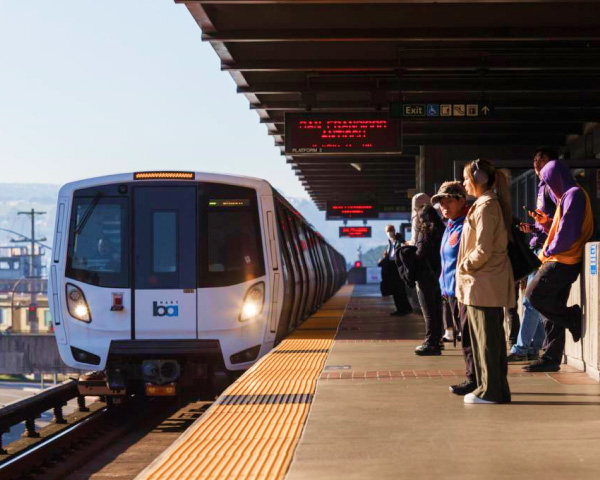Cathy Chidester, director of the Los Angeles County Emergency Medical Services Agency, said hospitals were facing problems with oxygen with so many COVID-19 patients needing it because they are struggling to breathe.
Some COVID-19 patients can require 10 times as much oxygen as a normal patient.
The crush of patients meant hospitals were having to jockey to find places to see even those with non-virus complaints.
Chidester said ambulances were being forced to wait in bays as long as eight hours before they could transfer patients inside hospitals — and in some cases, doctors were treating patients inside ambulances.
“The current surge of patients ... it’s kind of a hidden disaster,” she said. “It’s not a fire. It’s not an earthquake. It’s not a train wreck that’s right in the public view ... It’s all happening behind the doors of households and hospitals.”
In Santa Clara County, home to Silicon Valley, only 8% of ICU beds were available, which was better than many places. Hospitals are still “stretched to the limit,” said Dr. Ahmad Kamal, county director of health care preparedness.
Two months ago, the county had 4.5 cases per 100,000 people. Now it has 50 cases per 100,000.
The Los Angeles County Sheriff’s Department tweeted that it had mobilized a “Super-Spreader” Task Force to crack down on illegal, large New Year’s Eve gatherings. Officials didn't immediately know Friday if there were any arrests or citations. Sheriff Alex Villanueva noted that on average one person in the county was dying of COVID-19 every 10 minutes.
Associated Press writers Robert Jablon, Brian Melley and Stefanie Dazio in Los Angeles contributed to this report.

